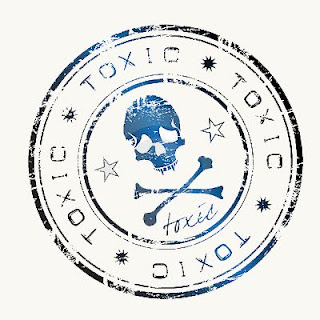Drugs...
I'm sure all of us have taken a drug or two, in fact I could say each and everyone of us have taken many different drugs. Be it for a fever an illness or for supplements. But did you know these drugs that are supposed to cure us can also lead to damage in our body.
Yes, you've read right. Most of us especially those who aren't into medical field neglect the usage of these drugs. They take medications even without the doctors prescription, which is a BIG NO NO...
During the early times administration of drugs are carried out by trial and error. If the patient didn't manifest change in a given period of time the dosage of the drug given would be increased. In the same manner if the patient undergoing the treatment showed adverse effects of the drug taken the dosage of the drug would be decreased.
But nowadays there is a convenient way of determining whether the drug dosage can give its desired effect or whether the dosage can cause toxicity into the body.
TDM was developed in order to determine the subtherapeutic, therapeutic and toxic dose of a drug. Subtherapeutic being the dosage in which a drug do not cause toxicity nor cause the desired effect of the drug. Therapeutic is the level of the drug where the optimum amount of medication needed is achieved. And lastly the toxic dose in which the drug dosage causes toxicity into the body.
Different drugs have different levels of toxicity. In this blog post we would discuss some of the drugs' toxic levels.

GENTAMICIN AND TOBRAMYCIN

GENTAMICIN AND TOBRAMYCIN
CARDIOACTIVE DRUGS
DIGOXIN
These type of cardioactive drug works by altering the activity of cardiac muscles specifically the sodium and potassium pump.
A drug for the heart which is used to stabilize the heartbeat.
PROCAINAMIDE
N-acetyl-procainamide is a drug which is used to cure ventricular arrhythmias. It stabilizes the heart rhythm 30 second after intake of the drug .
QUINIDINE
A type of myocardial depressant that stabilizes the rhythm of the heart by lowering the heart activity and contraction. This is achieved by lowering the electrical conductibility of the heart.
ANTICONVULSANTS
Anticonvulsants are drug for epileptic patients where the drug inhibits the transmission of the nerve impulse. Examples of such drugs are...
- Carbamazepine
- Ethosuximide
- Phenobarbital
- Phenytoin
- Primidone
- Valproic acid
ANTIDEPRESSANTS
LITHIUM
Lithium carbonate is a drug used to treat manic depressive illness, a type of mood disorder.
ANALGESICS
SALICYLATE
The active ingredient of aspirin which is a pain reliever and an anti-inflammatory agent.
ACETAMINOPHEN
Similar to aspirin in a way that it can be used to cure fever but it doesn't contain an anti-inflammatory effect.
BRONCHODILATOR
THEOPHYLLINE
Used primarilly as bronchodilator, but also function as CNS stimulant and it strenghten the cardiac muscles.













